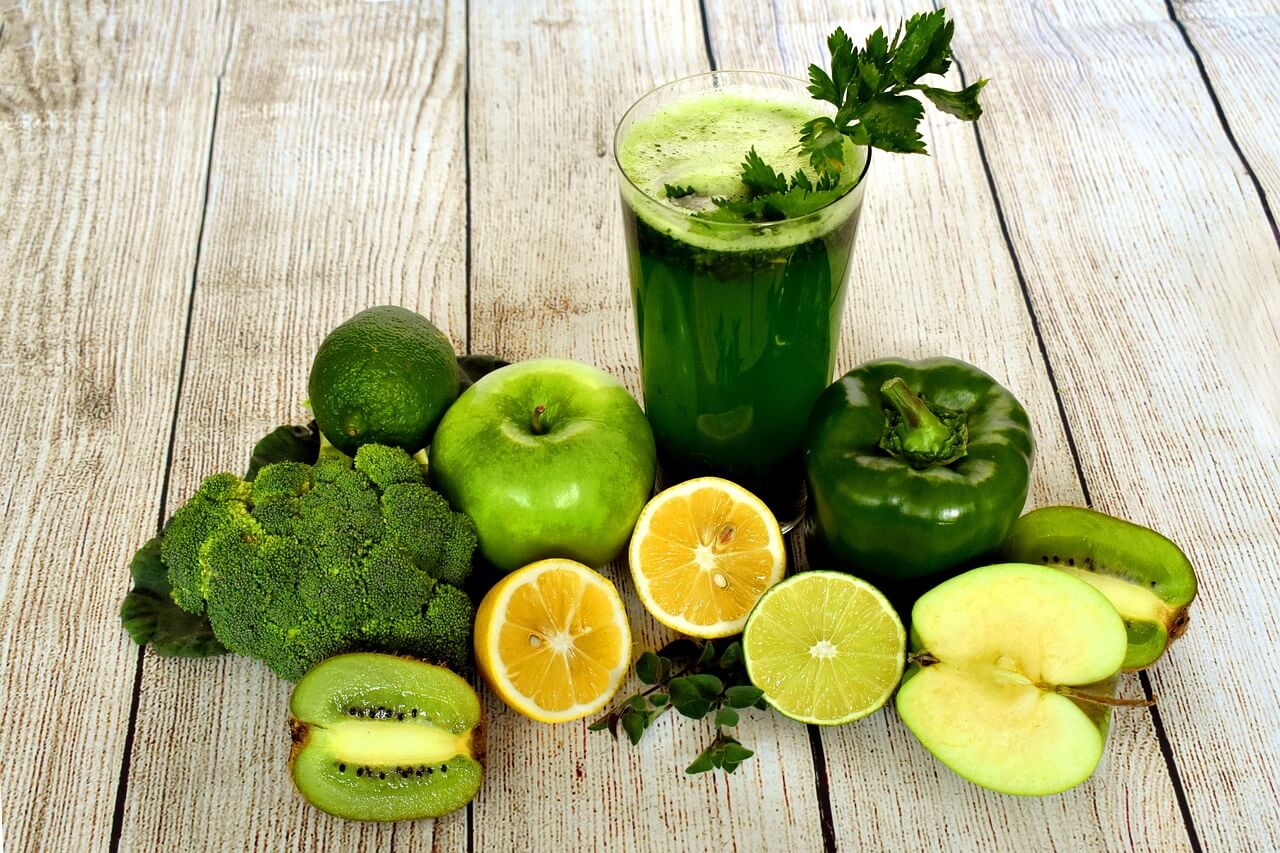Iron is a mineral that is essential for a variety of bodily activities, including the formation of red blood cells and DNA, oxygen delivery, and energy and muscle function. Although iron is found naturally in many foods, some people may require extra sources to satisfy their daily needs. Consuming iron-rich foods is crucial to maintaining optimal health and preventing nutrient deficiency.
What is Iron Deficiency?
Iron deficiency, the most prevalent dietary shortage, arises when the body lacks enough iron to create hemoglobin, the protein in red blood cells that allows them to transport oxygen throughout the body. Various physiological systems can be affected when the body lacks enough iron, resulting in iron deficiency anemia.
Iron deficiency can occur for various causes, including a lack of iron in the diet, impaired iron absorption, pregnancy, blood loss during menstruation, and illnesses that cause internal bleeding.
Symptoms of Iron Deficiency

Iron deficiency may not cause any symptoms at first. However, when your body’s iron levels decline and anemia develops, symptoms may become more evident. This may include:
- Headaches
- Dizziness
- Pale skin
- Chest pain
- Rapid heartbeat
- Difficulty concentrating
- Cold hands and feet
If you observe any of these symptoms and feel you may be iron deficient, you should seek medical attention.
Health Risks
If left untreated, iron deficiency can progress to iron deficiency anemia. This greatly impairs oxygen transport and increases the risk of:
- Developmental delays in children
- Preterm birth and low birth weight for infants
- Reduced immune function
- Heart complications
Children might have severely compromised mental and physical development. Anemia in pregnant women is responsible for almost one-fifth of maternal fatalities during delivery. Overall, iron deficiency anemia causes about 50,000 fatalities per year.
Best 7 Drinks High in Iron
There are several methods to improve your iron consumption, one of which is by what you drink. Here are seven iron drinks that can help you maintain your iron levels:
Prune Juice
Prune juice contains around 3mg of iron per cup. This makes it one of the iron-richest juices available. Prunes are dried plums that are rich in iron. When turned into a juice, the iron content is concentrated.
One glass of prune juice has approximately the same amount of iron as a dish of red meat. Including prune juice in your daily foods and drinks can significantly boost your iron intake.
Because of its distinct sweet but tart flavor, prune juice may take some time. However, it is worth trying for the iron content alone. Some people dilute prune juice with water or another juice to reduce its strong flavor.
Blackstrap Molasses
Blackstrap molasses is a viscous, black syrup formed when sugar crystals are removed from sugar cane juice. It has all of the minerals in genuine sugar cane, including a high quantity of iron.
Just one tablespoon of blackstrap molasses provides around 3mg of iron. That is around 15% of the required daily intake. Unlike processed sugars, which are nutritionally devoid, blackstrap molasses contains essential nutrients while remaining delicious. It is often used in baking, marinades, sauces, and smoothies.
Healthcare professionals often recommend blackstrap molasses for its nutritional benefits, particularly for those with iron deficiencies.
Beetroot Juice

Beetroot is known for its high iron concentration, and drinking its juice increases iron levels and adds a delicious flavor. Consuming beetroot juice daily will help you replenish your iron levels and battle iron deficiencies.
Beetroot juice is an excellent source of non-heme iron, making it a great option for vegetarians and vegans.
Green Smoothies
Smoothies and drinks prepared from dark, leafy greens are a fantastic approach to boost your iron levels. Greens such as spinach, kale, collards, and Swiss chard are high in iron, and blending them into smoothies helps to release the iron and increase its absorption.
Include at least one cup of spinach or other greens in your smoothie. Combining greens with citrus fruits like orange juice promotes iron absorption. Add some chia seeds for an additional iron boost.
Drinking green smoothies is a simple and tasty method to incorporate more iron into your daily diet. They also contain plenty of other nutrients.
Spinach, Cashew, and Raspberry Smoothie
This smoothie contains iron-rich spinach, cashews, and vitamin C-rich raspberries, which help with iron absorption. To enhance the iron content further, you could mix in a small dose of an iron supplement. The end product is a tasty, iron-rich smoothie with the ideal combination of sweetness and nutrition.
Orange Juice
Many brands of orange juice include iron. For example, one cup of fortified orange juice has up to 22% of the required daily iron consumption. The vitamin C in orange juice also aids iron absorption. Just read the label and select a calcium-fortified orange juice, as calcium aids iron absorption.
Pumpkin Juice

Although it may seem strange, pumpkin juice contains surprisingly much iron. Drinking pumpkin juice is a unique and healthy approach to increasing iron consumption.
Conclusion
While iron insufficiency is the most frequent nutritional deficit worldwide, it may be easily treated by adopting informed dietary choices. Including these iron-rich drinks in your daily diet will help prevent and treat iron deficiency.
Always remember that moderation and balance are essential to a healthy diet.
If you feel you have an iron deficiency, you should consult with a doctor before changing your diet or taking supplements. Too much iron can have negative health consequences and should thus be avoided.
If you enjoyed this article, you may also want to read this article on 5 Iron-Rich Drinks You Can Make at Home.
*This information is not intended to serve as a substitute for professional medical or dietary advice tailored to individual needs.
Po-Chang Hsu, M.D., received his medical doctorate from Tufts University School of Medicine in Boston. During his medical school training, Dr. Hsu worked with various patients, including adult and pediatric patients with acute and chronic conditions. Dr. Hsu’s interests include neurology, psychiatry, pediatrics, and sleep medicine.
Before medical school, Dr. Hsu finished a master’s degree at Harvard University and wrote a thesis on neuroimaging in schizophrenia patients at Brigham and Women’s Hospital, a Harvard Medical School-affiliated hospital. Dr. Hsu was also a part of the 2008 NASA Phoenix Lander Mission team, which sent a robotic spacecraft to the North polar region of Mars. Dr. Hsu also had research experience on neuroimaging in neonates at Boston Children’s Hospital, another Harvard Medical School-affiliated Hospital.
Since graduating from medical school, Dr. Hsu has worked as a full-time medical writer and consultant. In addition, he has experience writing and ghostwriting books and articles for physicians and health technology start-up companies. Dr. Hsu believes good communication between healthcare providers and patients creates the best results.
Publications
-Peer Reviewed Journal Article:
Kounaves, S.P., Hecht, M.H., West, S.J., Morookian, J.-M., Young, S.M.M., Quinn, R., Grunthaner, P., Wen, X., Weilert, M., Cable, C.A., Fisher, A., Gospodinova, K., Kapit, J., Stroble, S., Hsu, P.-C., Clark, B.C., Ming, D.W. and Smith, P.H. The MECA wet chemistry laboratory on the 2007 phoenix mars scout Lander. Journal of Geophysical Research. 2009, Mar; 114(E3): 10.1029/2008je003084.
-Poster Presentation:
2011 Harvard Psychiatry Mysell Poster Session; Boston, MA
Hsu, P.C., Rathi, Y., Eckbo, R., Nestor, P., Niznikiewicz, M., Thompson, E., Kubicki, M., Shenton, M.E. (March, 2011). Two-Tensor Diffusion Tensor Imaging of Acoustic Radiations in Schizophrenia




